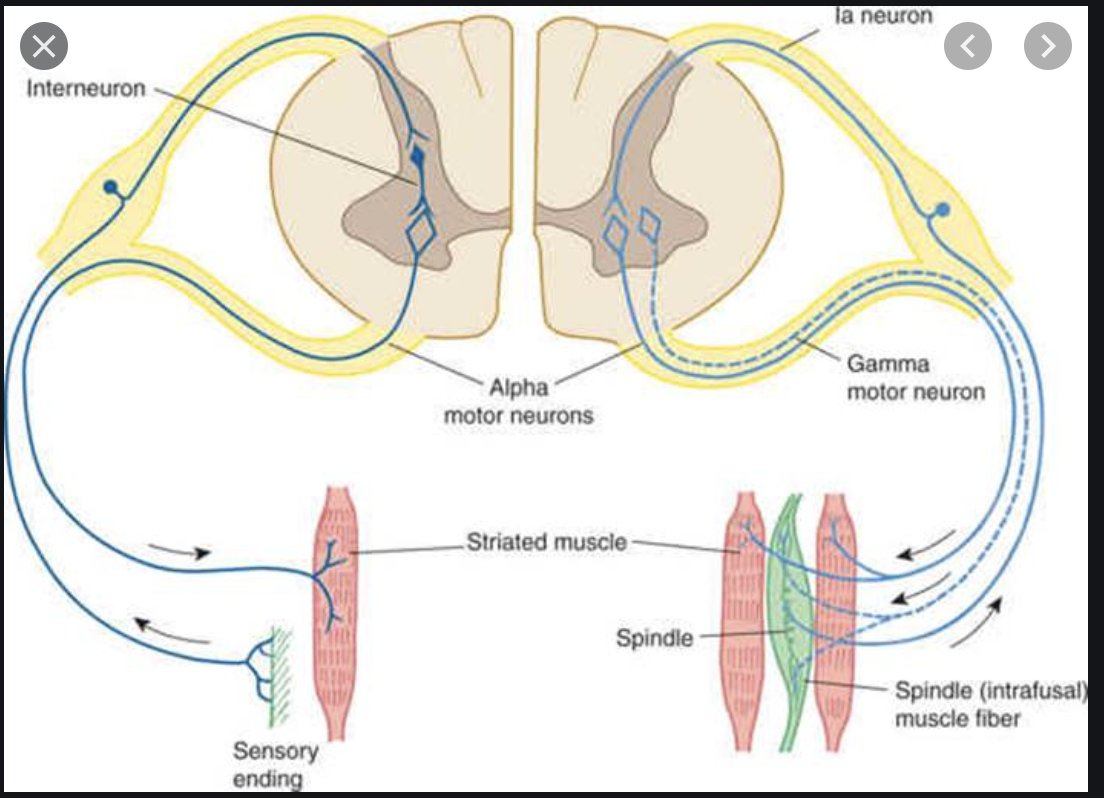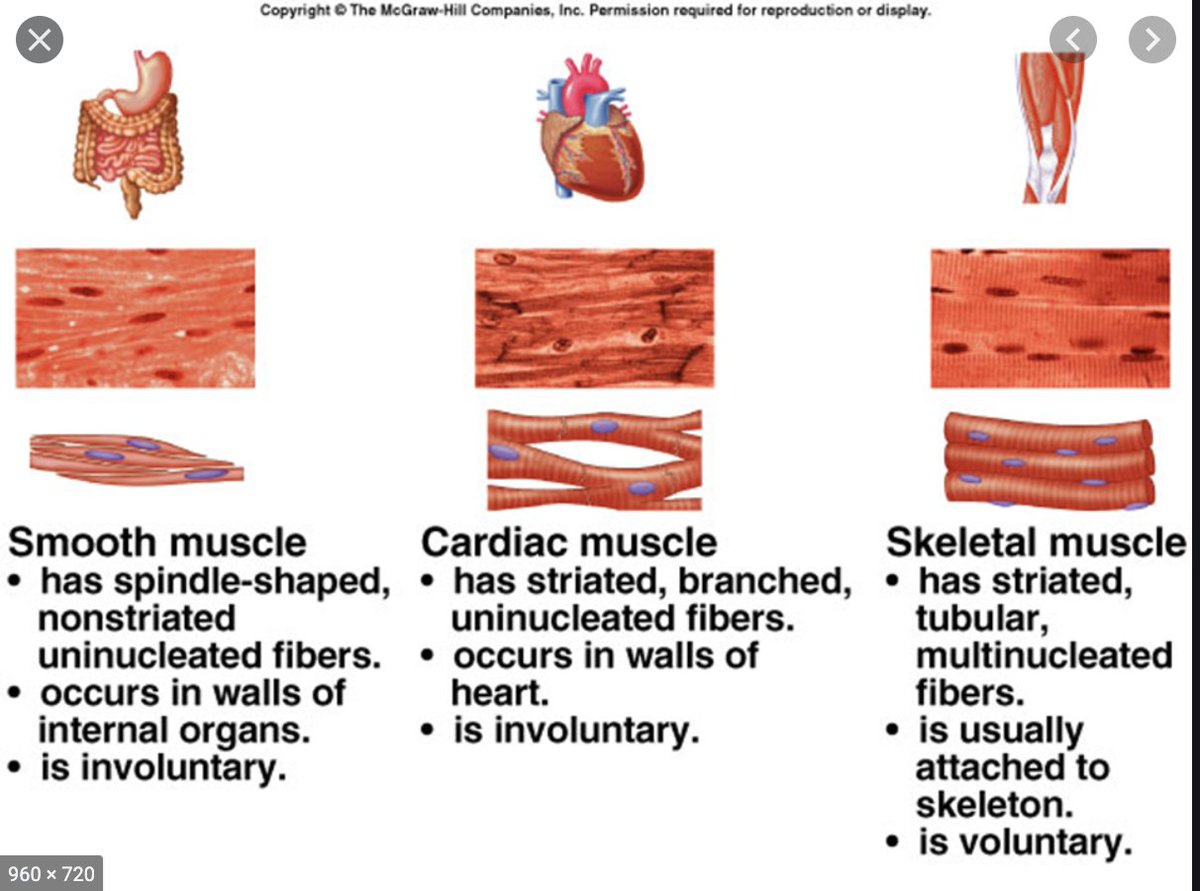
Stewart Alsop III - Host of Crazy Wisdom Podcast
2 Nov,
10 tweets, 5 min read
A #stablethread on cellular and subcellular neuroanatomy, plus other structures/concepts so that I can learn and explain more about how all the brain parts fit together!
If you want to go to the king brain thread choose your own adventure here:

If you want to go to the king brain thread choose your own adventure here:
https://twitter.com/StewartalsopIII/status/1322943340854345728

The basic unit of the brain and the entire nervous system is the neuron!
Think of a neuron as an on-off switch or a gland filled with electricity that sends signals all over the body quickly. Groups of neurons cluster together and fire and wire together to accomplish goals
Think of a neuron as an on-off switch or a gland filled with electricity that sends signals all over the body quickly. Groups of neurons cluster together and fire and wire together to accomplish goals

There are a couple of different ways to categorize neurons, but I will talk about the one that is most important for movement:
1. Sensory neurons
2. Motor neurons
3. Interneurons
1. Sensory neurons
2. Motor neurons
3. Interneurons

Sensory neurons are neurons that sense a particular facet of our current environment. They send messages from the sensory organs to the spinal cord and brain (medical lingo: afferent). One shouldn't think of sensory neurons as divorced from motor. Both are influencing each other 

Motor neurons are the neurons that receive feedback from sensory neurons and the image that the brain creates and then are able to go into the muscle at the neuromuscular junction and effect movement (medical lingo: efferent). Move your arm now, notice sensory and motor together. 

Interneurons:
These I first heard about in @DeaneJuhan's book Job's body and to be honest my understanding of them is still not complete. I will be going over them more in detail with @VermaN21 on our collective stable thread:

These I first heard about in @DeaneJuhan's book Job's body and to be honest my understanding of them is still not complete. I will be going over them more in detail with @VermaN21 on our collective stable thread:
https://twitter.com/VermaN21/status/1322566634264006660

I wrote all the above so that I could go further into motor neurons and movement. There are two types. of motor neurons:
1. Upper Motor Neurons
2. Lower Motor Neurons
Upper motor neurons are mostly found in the cerebral cortex and send signals down to the interneurons in spine
1. Upper Motor Neurons
2. Lower Motor Neurons
Upper motor neurons are mostly found in the cerebral cortex and send signals down to the interneurons in spine

Lower motor neurons are mostly in the spinal cord and they receive messages from the upper motor neurons and then link them to the skeletal muscles. Apparently, all voluntary movement relies on these lower motor neurons so learning about them might just help your movement game! 

We aren't done yet!
Lower motor neurons can be further divided into:
1. Alpha motor neurons
2. Beta motor neurons
3. Gamma motor neurons
This categorization is all based on which type of muscle fiber they innervate! My focus is on the gamma motor neurons for learning myself.
Lower motor neurons can be further divided into:
1. Alpha motor neurons
2. Beta motor neurons
3. Gamma motor neurons
This categorization is all based on which type of muscle fiber they innervate! My focus is on the gamma motor neurons for learning myself.

Here is the most realistic map of any brain ever created (its the brain of a flu fly). Here you can see all the neurons and their connections with other neurons. A fruit fly has 100,000 neurons with over 100 Million synapses. Marvelous!
https://twitter.com/eLife/status/1323490206046134272?s=20
• • •
Missing some Tweet in this thread? You can try to
force a refresh








